Stellantis Starts Production Of Its Electrified/Hydrogen Light Commercial Vehicles (LCVs).
Extends Range, Zero-Emissions, & Only Minutes To Refill...
During his visit to the Hordain facility in the northern Hauts-de-France region this past week, Stellantis CEO Carlos Tavares announced the production of hydrogen-powered versions of Peugeot, Citroën, and Opel light commercial vehicles (LCVs).

“I’m very proud of the work done by the management and employees at Hordain, who have made their site the first in the world to combine three types of energy, made possible by the flexibility of our manufacturing system,” Tavares said.
These hydrogen-powered vehicles will be assembled on the site’s multi-energy line, which already produces the internal combustion engine (ICE) and electrified versions of the company’s “K-Zero” vans. Using a reinforced platform from body-in-white onwards, the hydrogen-powered models will then follow the usual stages of paintwork and assembly, on the same production line as combustion engine and electric vehicles, before they enter the new 8,000-m² (86,111 sq. ft.) facility that focuses solely on the final fitting.
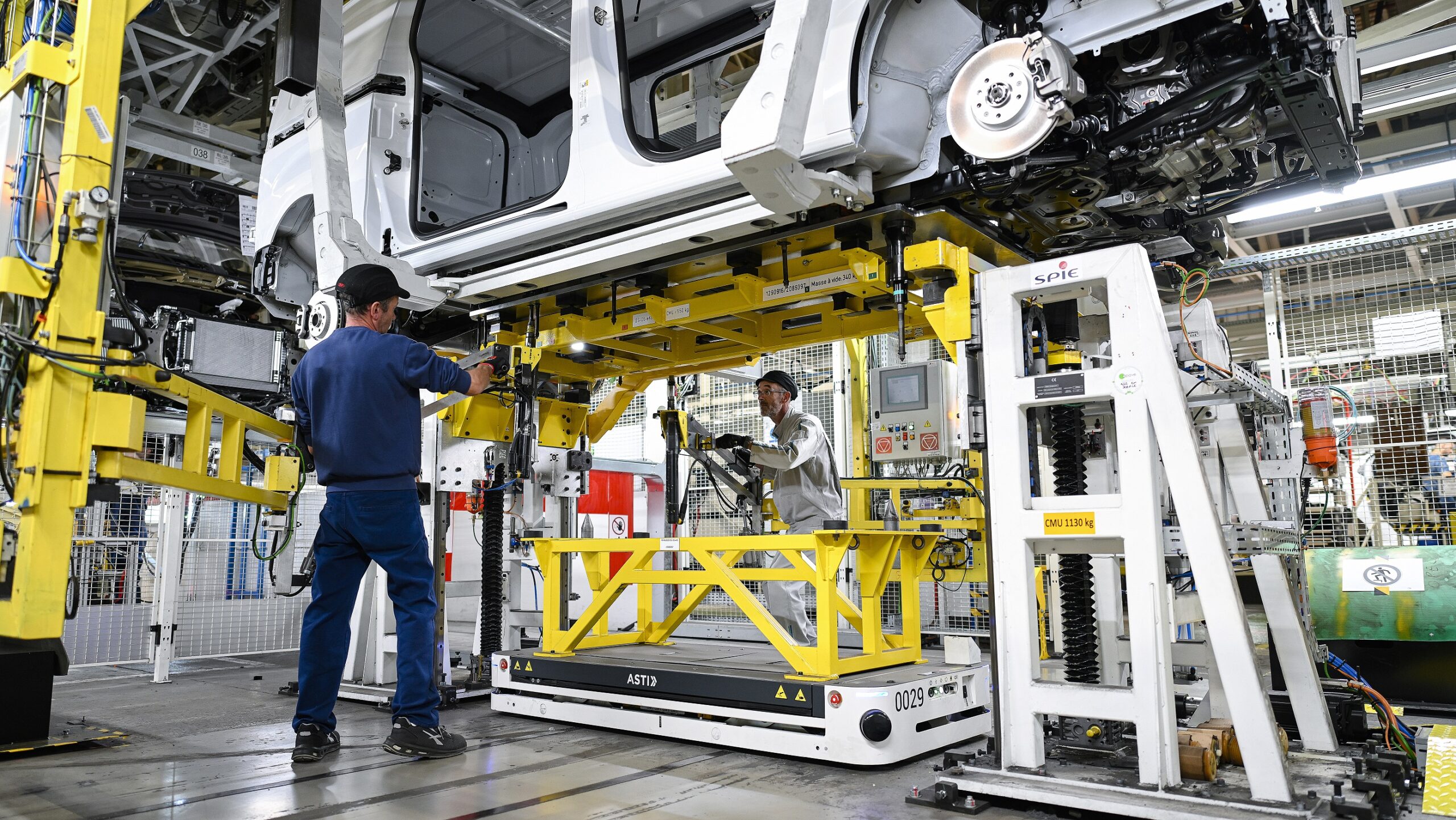
A dedicated team will install the tank, the additional batteries, and the fuel cell on a production line at the Hordain site which halves the adjustment time compared to the previous small-scale process, where the fuel cell was assembled at a pilot workshop in Rüsselsheim.
This industrialization of hydrogen-powered LCVs – accompanied by €10 million ($9.4 million) in investments with financial support from the French government – is a new step for Hordain, where 43% of models for the Peugeot, Citroën, Opel, Vauxhall, FIAT, and Toyota brands are already available in a zero-emission all-electric version.

The fuel cell ensures rapid recharging, which opens up the possibility of intensive use without emissions, which was previously impossible with other available technologies: just 3 minutes are all you need to store the hydrogen needed to cover several hundred kilometers in fully-electric mode. This is an element that will attract completely new users to electric vehicles.
Hydrogen is becoming a major pillar of the energy transition. A plethora of international projects have been announced, particularly in Europe, and the ecosystem is developing thanks to numerous investments. An investment from the European Clean Hydrogen Alliance is estimated at around €60 billion ($63.2 billion). The hydrogen distribution network has been given a boost by several government plans and is constantly growing in Europe, and Stellantis is working directly with energy suppliers to make package deals available.
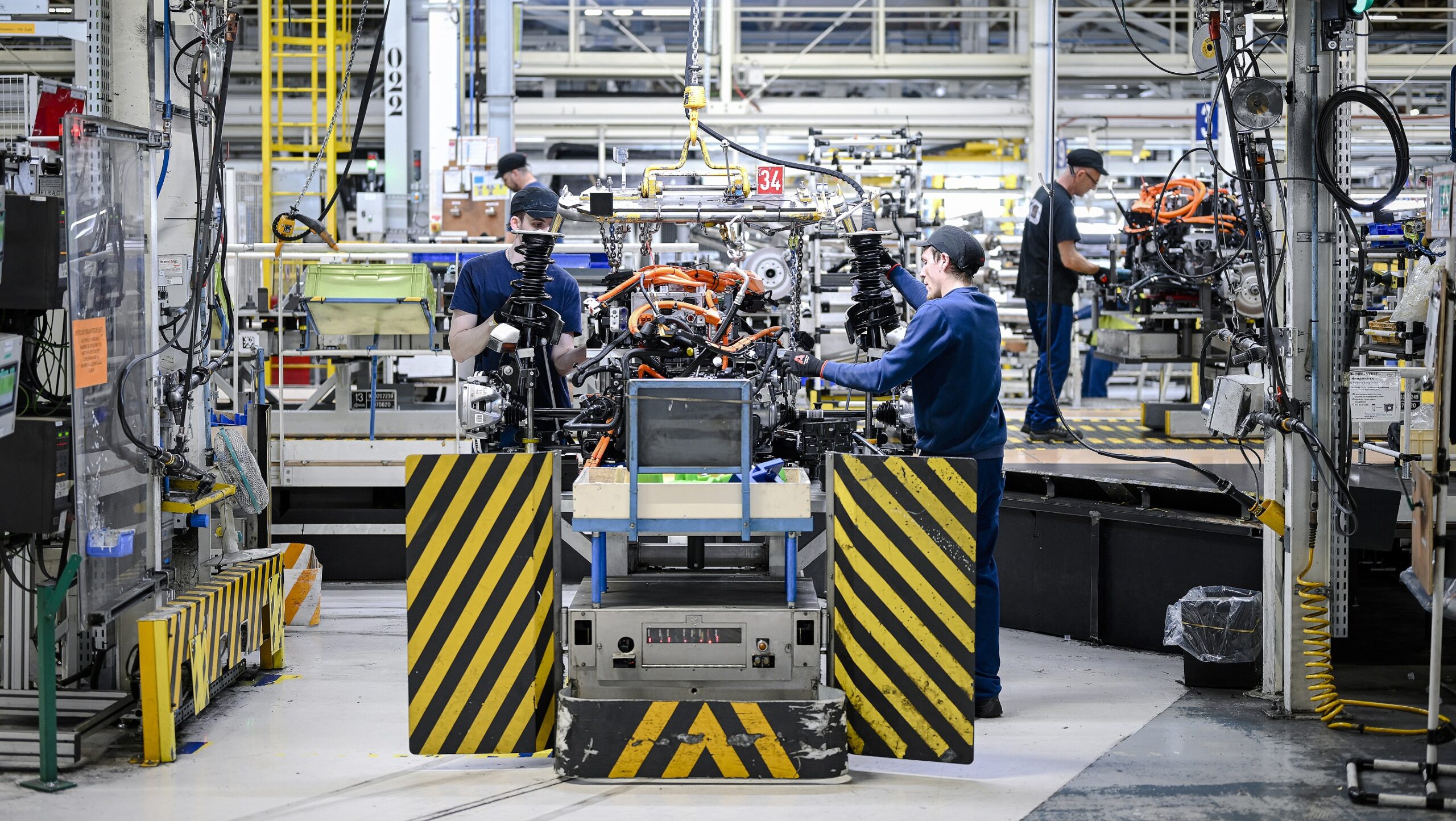
The brand’s objective is clear: to invest in a new uncompromising mobility solution with zero CO2 emissions and to become the leader in hydrogen mobility. The hydrogen-powered fuel cell completely meets the most stringent requirements for emission-free mobility: it adapts to all uses – intensive, long distances, fast recharging, maximum useful volume – without emitting anything other than pure water, released as steam through its exhaust pipe.
Based on the Efficient Modular Platform (eMP2) multi-energy platform, the Stellantis “K-Zero” hydrogen electric vans combine two on-board sources of electrical energy, thanks to Stellantis’ innovative “mid-power plug-in hydrogen fuel cell electric” system: the system combines a battery that can be recharged from the main with the fuel cell-powered by hydrogen contained in the canisters under the vehicle’s floor. The “K-Zero” hydrogen electric vans benefits from all the advantages of hydrogen, battery technology, and electric traction.
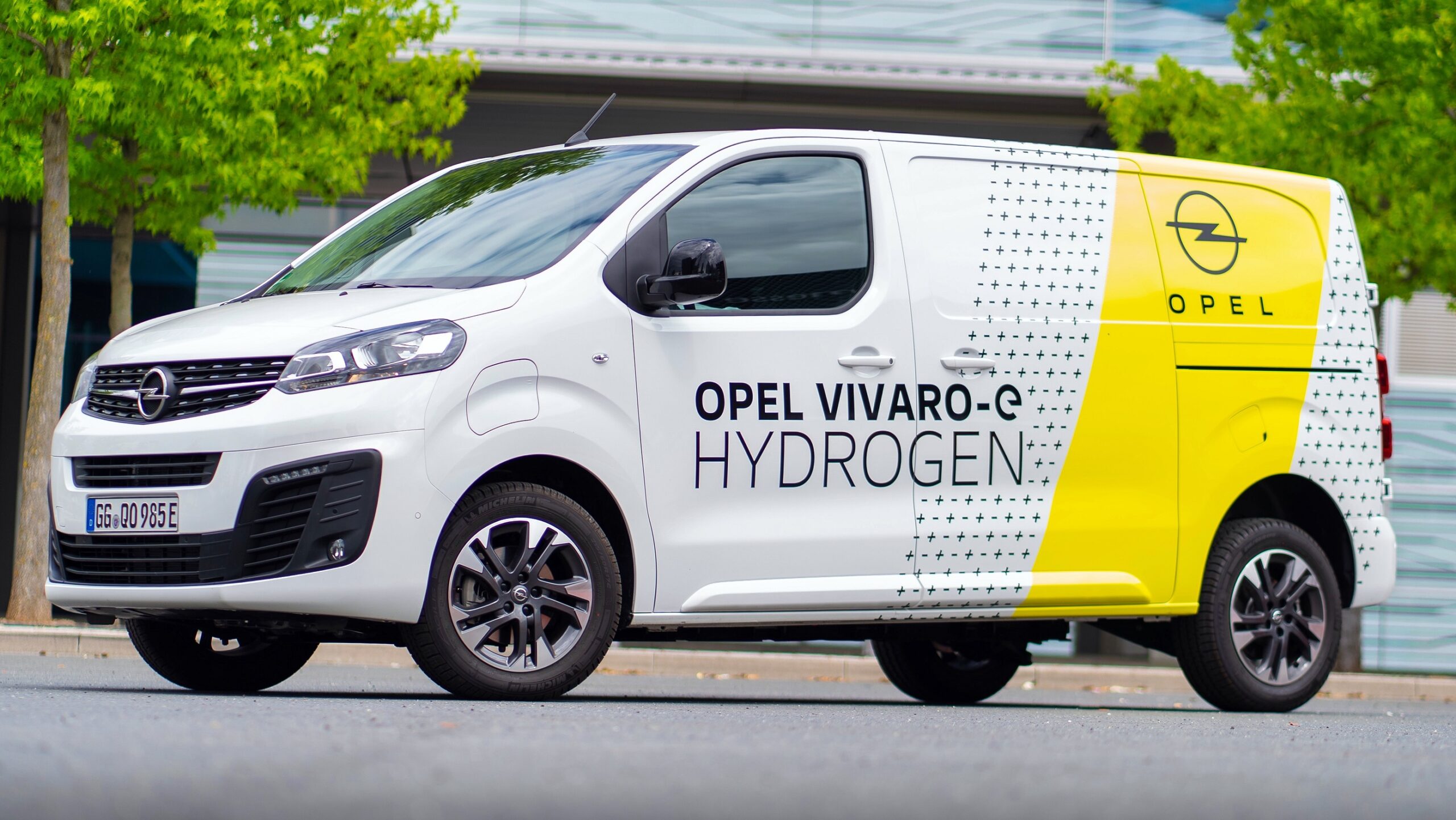
The fuel cell is an assembly of several superimposed current-generating cells. It is their assembly that creates a “battery”. A cell allows a chemical reaction between two elements: hydrogen (the fuel, contained in the tanks) and oxygen (contained in the ambient air). The cell assembles several cells to generate the power needed to drive the vehicle by supplying the electric engine.
This technology is guaranteed to have zero CO2 emissions thanks to a reaction that generates an electric current while releasing only water. The reaction produced in a cell is as follows:
- Hydrogen + Oxygen → Electricity + Water + Heat = 2 H2 + O2 → 2 H2O.
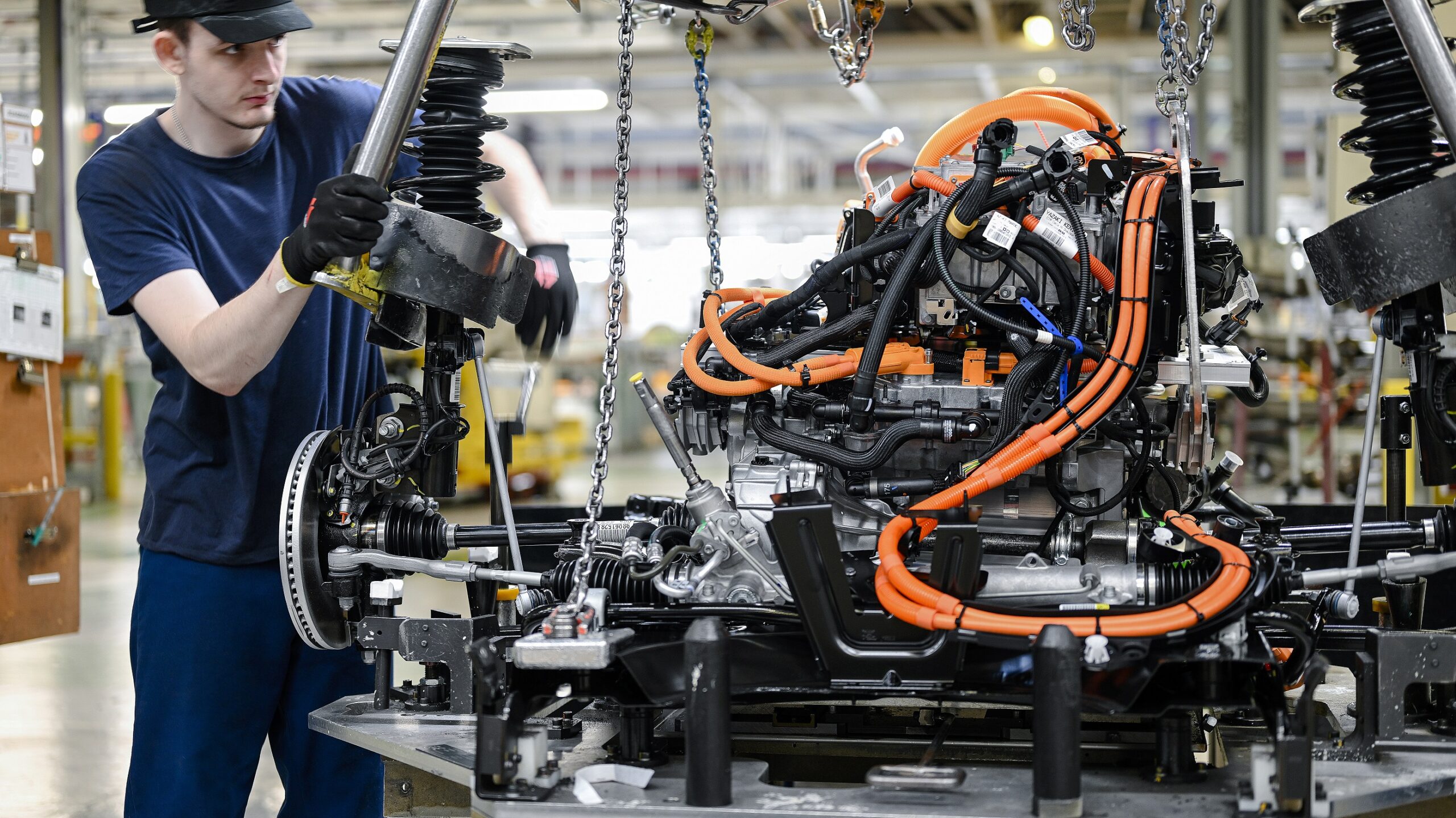
The fuel cell is supplied by a tank made up of 3 canisters with a capacity of 4.4 kg (2.2 lbs) of hydrogen under 700 bars of pressure. The tank is located under the rear floor and does not encroach on the vehicle’s load space.
The fuel cell is combined with a rechargeable lithium-ion battery with a capacity of 10.5 kWh and a power output of 90 kW. It is located under the seats and also supplies the electric engine during some of the driving phases. An on-board three-phase 11 kW charger, located in the engine compartment, is used to power it.
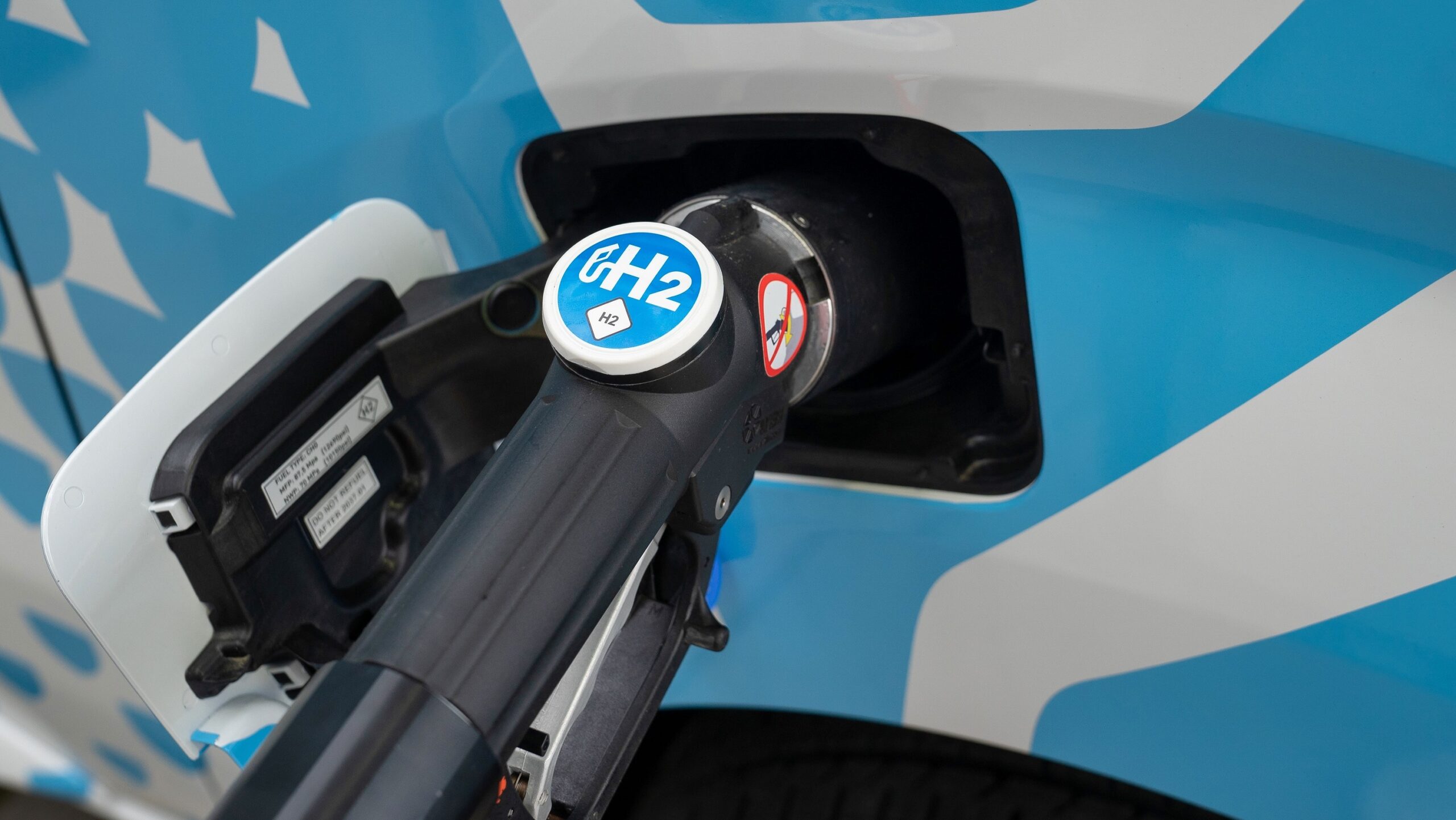
These two energy sources work together to power a permanent magnet electric engine with a power of 100 kW (134 horsepower) and 260 Nm (192 lb.-ft.) of torque. Located on the front axle, this electric drivetrain namely stands out thanks to a transmission adapted to the loading constraints typical of utility vehicles.
Launched in 2021, Stellantis is the first manufacturer in the world to market this type of vehicle. Inaugurated in 1994, the Hordain facility employs 2,440 people on three shifts, with daily production of 628 vehicles. The site currently produces several different variations of the “K-Zero” vans, including…
- Citroën Space Tourer
- Fiat Ulysse
- Peugeot Traveller
- Toyota ProAce Verso
- Opel Zafira Life/ Vauxhall Vivaro Life
- Citroën Jumpy/Dispatch
- Fiat Scudo
- Peugeot Expert
- Toyota ProAce
- Opel Vivaro/ Vauxhall Vivaro
The facility produced a total of 144,650 units in 2021 and produced its 1,000,000th “K-Zero” earlier this year.

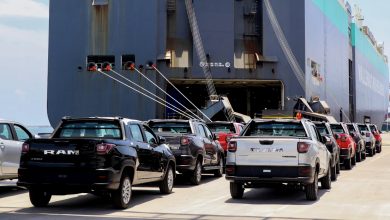
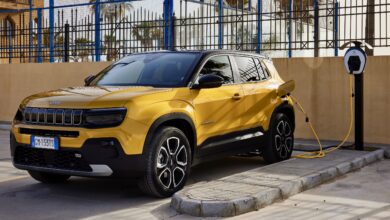
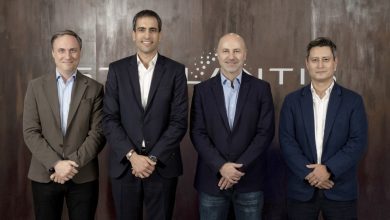
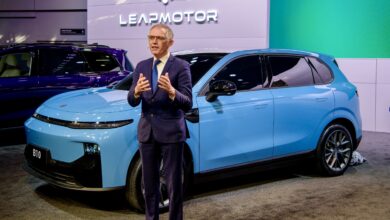
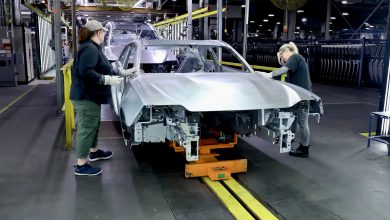
No replies yet
Loading new replies...
Join the full discussion at the Mopar Insiders Forum →